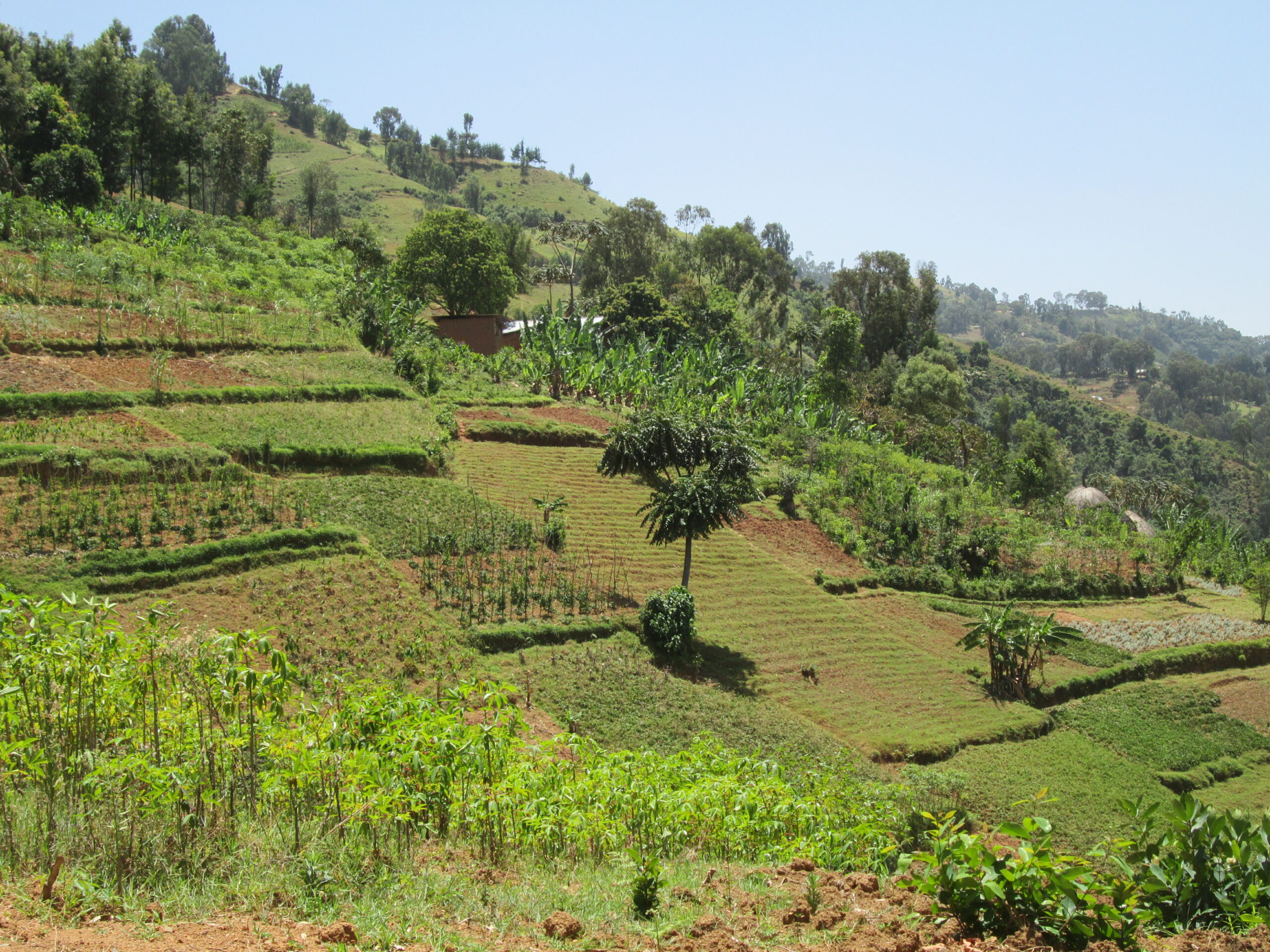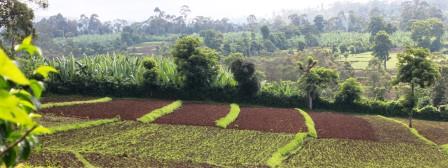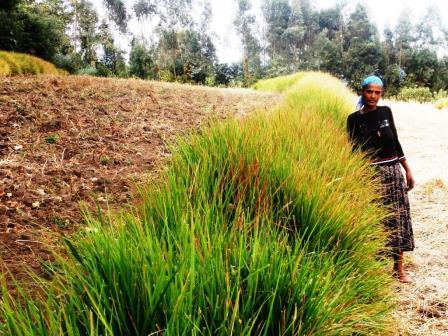Several species of fodder grass and leguminous can be multiplied in family backyard nurseries before being transplanted in the farm: on anti-erosive structures, in fields’ contours, on degraded and abandoned lands, to create live fences or hedges… The multiplication of vegetative material on a small plot near the home garden (from 6 to 20 m²) is an efficient way to facilitate access to new varieties for a large number of farmers, who directly control the multiplication and transplantation process. For some fodder grasses, as certain Pennisetum, the multiplication can easily be done by cuttings. Backyard nurseries give therefore autonomy to farmers who can rapidly increase available biomass. Finally, the introduction of farm-based micro nurseries has also largely improved the average survival rates, reaching more than 90%, as farmers can decide the most appropriated time to move the seedlings.
To learn more:





